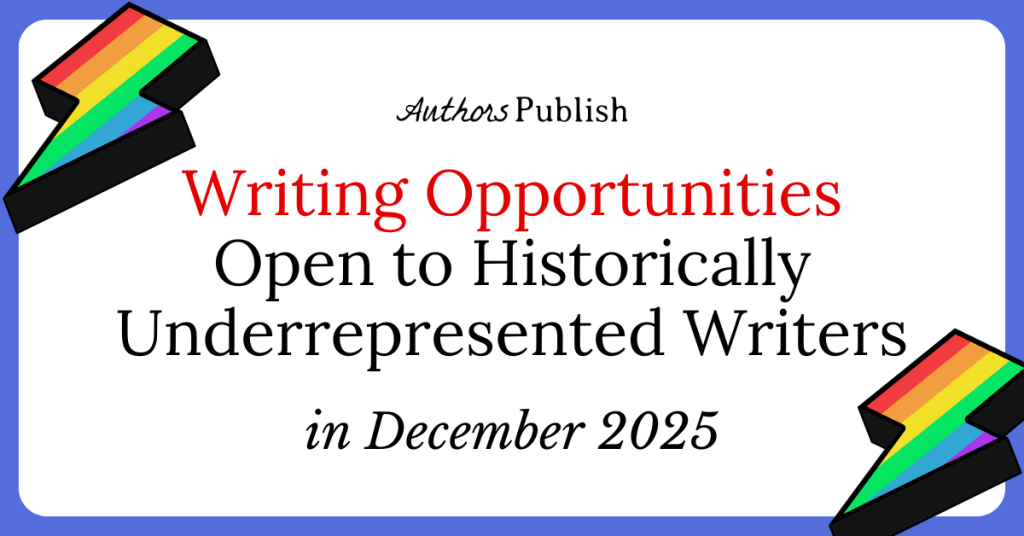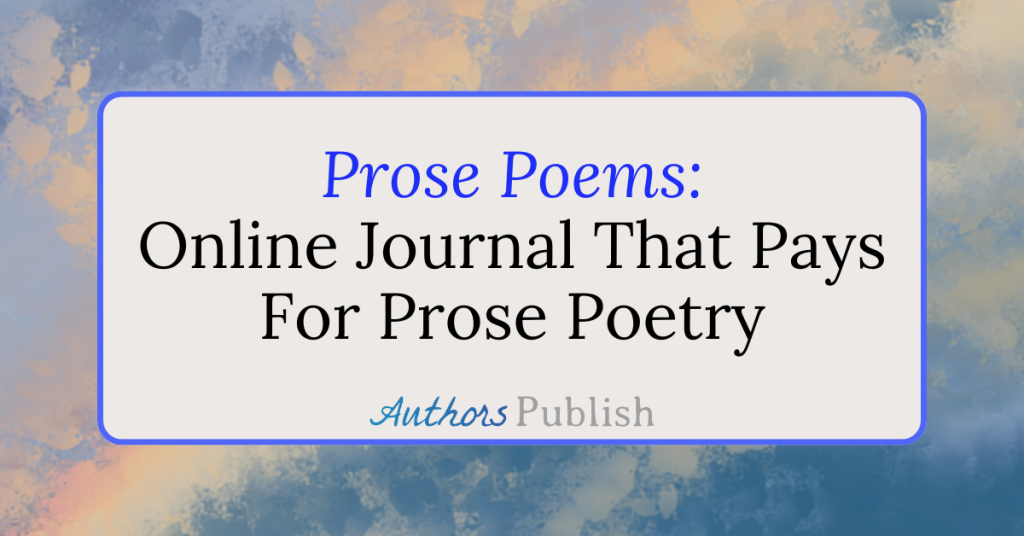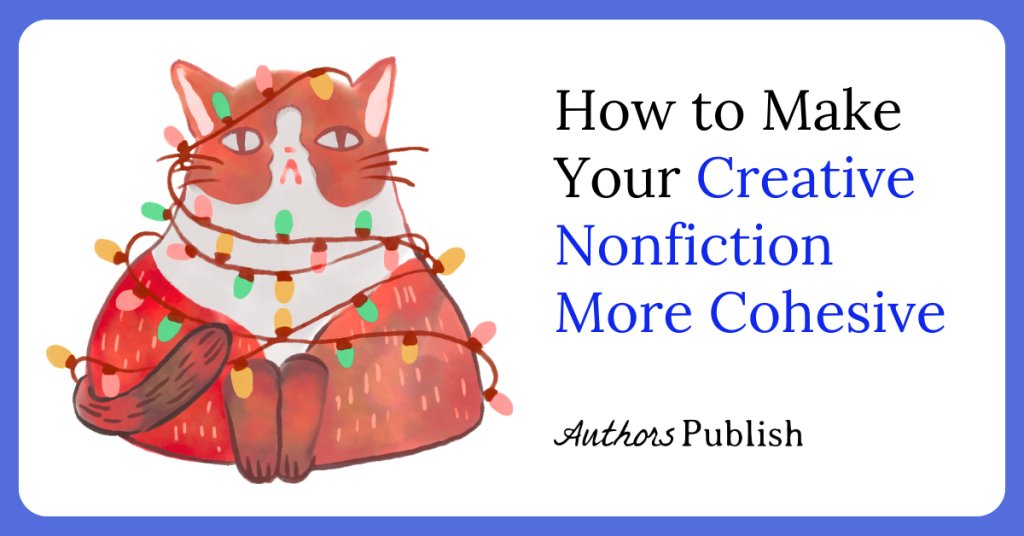By Holly Garcia
When someone tells you they’re a fiction writer, what do you imagine they write?
Maybe the next great literary novel comes to mind. Or perhaps a series of short stories, à la Edgar Allen Poe. What if they told you there is a form of storytelling that can occur in as little as six words? News flash, it’s called micro-fiction, and that’s just the beginning.
When I decided to take on fiction writing, I thought it meant I would be writing a novel, and my goodness, I was overwhelmed.
I had a story to tell, but how could I make it last 60,000 words or more? I began researching how to accomplish this huge project. What I ended up learning was more helpful than what I expected I’d be taking away. You’ve heard the phrase one size fits all, but fortunately for fiction writers, there are many options.
In this piece, we will discuss different types of fiction, including micro-fiction, flash fiction, short stories, novelettes, novellas, and novels. In addition to the average word count, we will look at other aspects that set them apart, including narrative pacing, character complexity, and plot.
Micro-Fiction & Flash Fiction
The lengths of both these types of fiction are what you expect them to be. But just because they are short doesn’t mean they can’t pack a punch.
Micro-fiction is a subset of flash fiction, usually running around 300 words or less. You can think of micro-fiction as a snapshot of the most intense moment in any given scene. Because you’re working with a limited word count, it’s crucial to get the message across without fluff.
Writing micro-fiction can be a great exercise if you find yourself having trouble with being straightforward and to the point.
Flash fiction varies by market but falls somewhere between 500 to 1,500 words. With up to five times the word budget of micro-fiction, flash fiction has room for more than one character and a short but poignant plot.
The writing advice to show, and not just tell, is essential to creating a great piece of flash fiction. The narrative pace moves rapidly, so consider opening your plot in the action. You’ll be able to engage your reader and bring them to resolution quickly.
Short Stories
Short stories have been around for centuries. The length of a short story holds space for a full narrative arc, including an introduction, complication, crisis, climax, and resolution.
As their classification suggests, a short story shouldn’t be lengthy. Typically it runs somewhere between 1,000 through 10,000 words. Regardless of where your word count falls, a short story is designed to be read in one sitting by your reader.
Short stories have more room for complex plots than flash fiction, but like flash fiction and micro-fiction, they typically involve one main character. The character in a short story has one sole purpose. They may be learning a lesson or teaching your reader one. The plot will revolve around a single instance of conflict.
Novelettes, Novellas, and Novels
Before falling down the literary rabbit hole, I’d only ever been aware of a novel. Novelettes, Novellas, and Novels are different based on their word counts.
Novelettes can range between 10,000 through 17,000 words. Because of the shorter length of your novelette, the rules of writing them, with regards to character complexity and plot, are similar to a short story.
Novellas are tricky. Their word count bridges the gap between a novelette and a novel, falling somewhere between 17,000 and 40,000 words. Because of their increased length, subplots can develop within the plot. The conflict may be between characters, as opposed to just within the circumstances surrounding the main character.
Novels are what most of us recall from our high school education. From titles like To Kill a Mockingbird to The Great Gatsby, a novel allows the author to build complex characters and have multiple subplots. The narrative pace isn’t hurried or rushed. This slower narrative allows for main characters, supporting characters, and their interactions to add to the overarching conflict within the novel.
Depending on the genre of the novel, the average word count will vary from 50,000 words up to 130,000. None of these are set in stone and will vary by publisher.
- Young Adult (YA) 50,000-80,000
- Thrillers/Crime/Mystery 70,000-90,000
- Generic Romance 70,000-100,000
- Historical 80,000-100,000
- Science/Fantasy 90,000-130,000
Takeaways
If you’ve ever wondered what the right category of fiction is for your work, know there are many different options.
In this article, we’ve discussed six different types of fiction. There are differences between word count, the complexity of the plot, characters, and pace of the narrative.
Before deciding what type of fiction you’d like to write, answer a few questions about the story you want to tell.
- Are you looking to pack a punch concisely?
- What is the pace of your narrative? Is your message short enough you can pull your reader in with one good opening line?
- How many characters does your story involve? Are they static or dynamic?
- What is involved in your plot? Are there several conflicts to be resolved, or is the focus on one main problem?
- Are your characters multidimensional? How do they change throughout your writing?
These are only a few things to consider when starting to work through your fiction story. Being able to answer these questions will ensure you choose the right format to tell your story. Happy writing!
Bio: Holly Garcia is the author of an upcoming self-published poetry collection, All The Ways I Loved You, and is working through her debut historical fiction novel. When she isn’t working on these projects, she writes non-fiction essays and is a freelance resume writer. Keep in touch at garcia.hc0502@gmail.com






